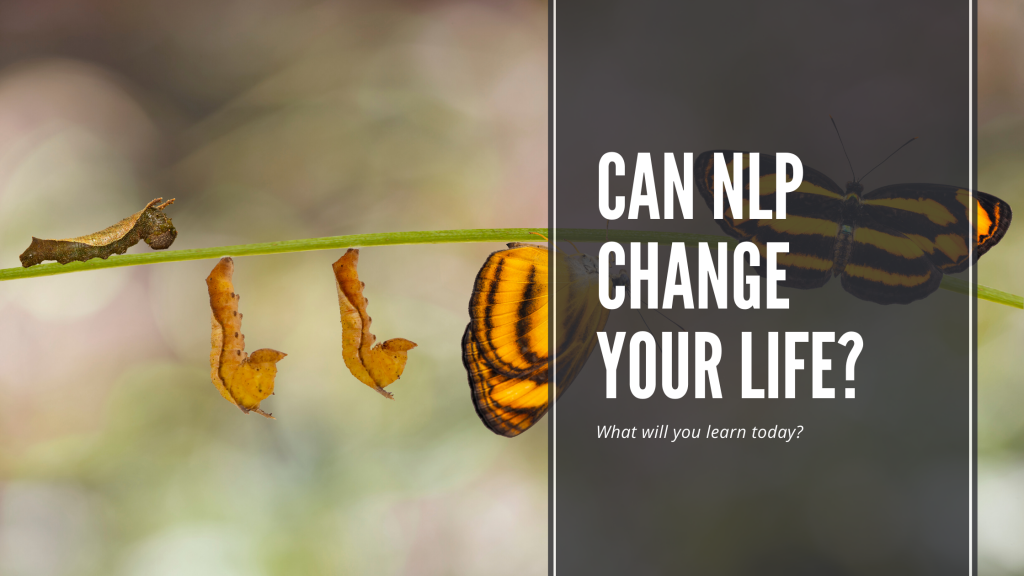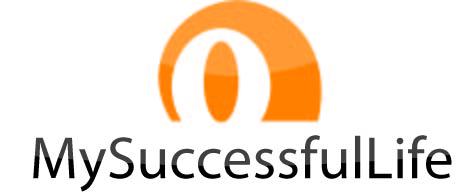Can NLP change your life?

What is neurolinguistic programming and how does it work?
Let’s get one thing straight, there isn’t actually anyone definitive thing which is neurolinguistic programming (NLP). The term NLP was coined by Richard Bandler and John Grinder in the 1970s and is made up of 3 words:
- Neuro – to do with the brain
- Linguistic – to do with language
- Programming – to do with making change in our brains using language
NLP follows a process that is driven by adopting an attitude of curiosity, this attitude leads to a methodology which leaves behind a trial of techniques.
So NLP is really changing the way we think using words, coupled with an attitude of curiosity.
How does NLP work?
NLP works because a skilled practitioner will remain constantly resourceful, continuously looking at problems from a different angle and being infinitely flexible. This infinite flexibility is the real key to making NLP work.
The core principle of NLP is to ensure we are all thinking at ’cause’. Being at ’cause’ means we accept full responsibility for our actions, the way we think and our behaviours.
The complete opposite of this is being at ‘effect’. This means that we blame the effects of what what the one around us for the way we think, our actions and our behaviours.
A person at ‘effect’ would say “I behave like this because of an external influence, the way I behave and think is therefore out of my control“.
A person at ’cause’ would say ” I choose the way I behave even though there are external influences, the way I behave and think is completely within my control.”
Being at ’cause’ is very empowering, it means we have choices, it gives us freedom and ultimately leads to a more successful life.
NLP techniques
All NLP techniques are designed to ultimately take someone from ‘effect’ through to ’cause’, to give them choices, to empower them, to build them up and to help them solve their own problems.
Many NLP techniques work by using sub modalities.
Everyone construct internal representations of what is going on around them. We might think that we perceive and remember everything, but our perception and memory is flawed. We delete, we distort and we generalise information and throughout this process the encoding of what is happening around us creates an internal representation.
We very often create a picture in our mind and it is to this picture which sub modalities relate.
Try this little experiment:
Picture in your mind something which you really enjoy going, it must be something you REALLY enjoy doing. Make the picture as big as it needs to be in order to be the most compelling picture. Is the picture moving? If it would make it more compelling, then make the picture the a video picture. Does the picture have sound? Give that picture enough sound to make it really compelling and really enjoyable, you may need to turn the volume up and make it very sharp sound. Is the picture colour? Adjust the colours to make it really compelling. How close is that picture? Try moving the picture closer in your mind to make it more compelling.
Feels good right?
What we’ve adjusted are the sub modalities of the picture, typically:
- size
- moving or still
- sound, volume and sharpness
- colour or black and white
- distant or close
What’s really bizarre is that we can adjust sub modalities, without thinking about it we always create pictures when we create internal representations.
If I said to you think about the most amazing food that you absolutely love, you will create a picture in your mind. You may even be able to smell it, you may be able to see you soon on your plate, that picture will be the correct brightness for you, it will be moving if that makes it the best picture.
Now, if I said you think about something which ABSOLUTELY disgusts you! Something like a dog poop. Imagine that on a plate in front of you.
let’s adjust the sub modalities of the poop picture. Make the picture smaller and move it further away, remove any smell, make the picture black-and-white, remove any sound, make the picture still, make the picture the focused. Notice how your internal representation changes.
This is NLP in action, adjusting the sub modalities can help us view things in a different way.
We can even swap them.
This is how a ‘like to dislike‘ is done. A like to dislike technique is used if we wanted to help a client give something up, nailbiting, chocolate or eating biscuits are classic ones.
All we do is elicit the sub modalities of something which is disgusting (think about that dog poop) and place the exact same sub modalities over the top of what the client wants to dislike. If they wanted to stop eating chocolate and we made the internal representation of chocolate the same as dog poop it would make eating chocolate virtually impossible.
The client now NEVER wants to eat chocolate again!
There is a specific technique for making this happen however this should only ever be done by NLP qualified practitioners.
How NLP changed my life
My own story of NLP began in 2004 when I was first introduced to it during my Masters in business degree at the Open University. One of my lecturers was an NLP master practitioner and used NLP principles whilst teaching. It left such an impression on me that I decided to investigate further.
7 years later I qualified as a master practitioner in NLP myself. NLP has changed my life enormously, I feel empowered, I feel motivated, I feel able to choose my own definition of success and live by that choice.
NLP also helped me through one of the most difficult times of my life when my wife died. I knew I was in control of my mind (I was at ’cause’) and I would not be at the effect of what was happening around me. This gave me the strength to face my own emotions head-on, knowing that I would come through.
On a business level, NLP has helped me with communication with clients and team members, as well as help to write content for websites (like this). It’s helped with goalsetting as well as making sure I stay positive, the techniques I learnt have enabled me to lead a successful and highly performing life!
Summary
So, can NLP change your life? You bet it can!
If you work in the healthcare sector, possibly a doctor, dentist, chiropractor or physiotherapist then you may like to find out more about The Performance Academy, this is a lot online learning platform dedicated to helping you improve success, performance and client communication.


